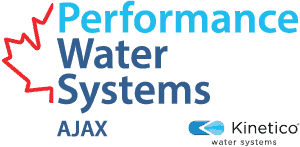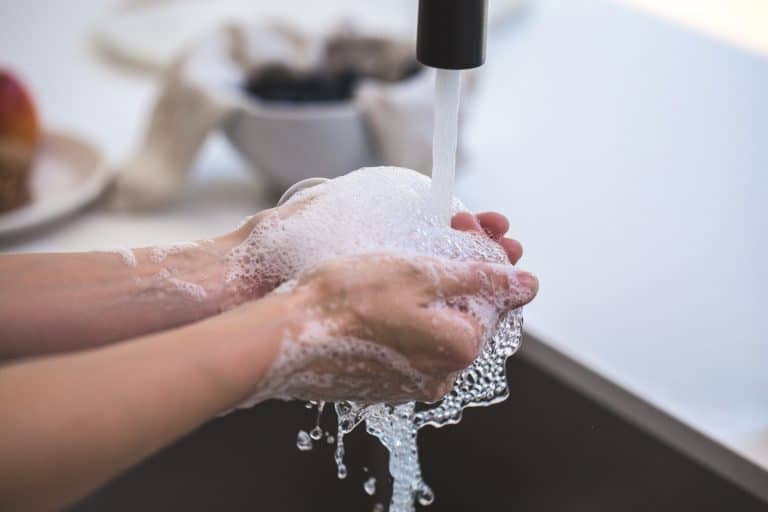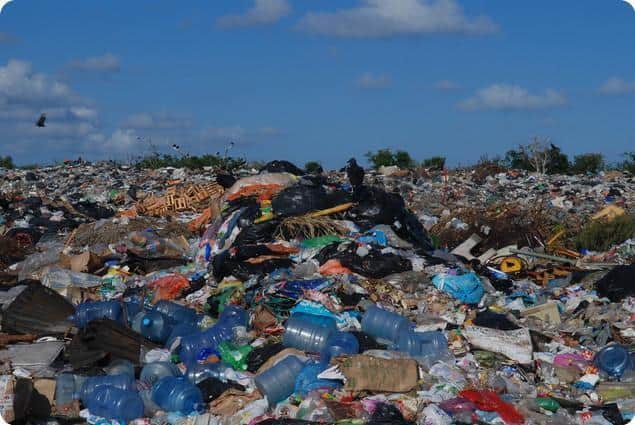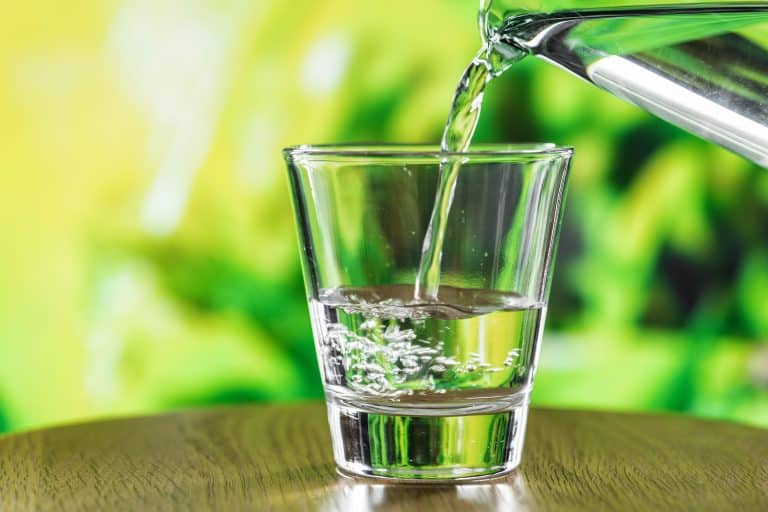PERCHOLATE
Perchlorate is chemical used in military and industrial products such as solid rocket fuels, explosives, fireworks, road flares and air bag inflation systems.
Perchlorate can affect Thyroid function. Perchlorate is chemical used in military and industrial products such as solid rocket fuels, explosives and fireworks, road flares and air bag inflation systems. It can also occur naturally at low levels in the environment, for example in certain arid regions of the world. Recent sampling has detected the presence of very low levels of perchlorate in some Canadian drinking water sources. American data also show that perchlorate could also be found in foods such as lettuce, milk and bottled water (Health Canada, http://hc-sc.gc.ca).
Exposure to significantly higher levels of perchlorate has the potential to cause some health effects, primarily related to thyroid function. Perchlorate inhibits the transfer of iodide from the blood to the thyroid gland, which is required for the gland to produce hormones essential for metabolism and growth. Although short-term fluctuations in thyroid hormones are not a concern to healthy adults, long-term disruptions may result in hypothyroidism and related changes in metabolism, decreased mental performance, and altered development. This is of particular concern for people who are already experiencing hypothyroidism, as well as for pregnant women and children.
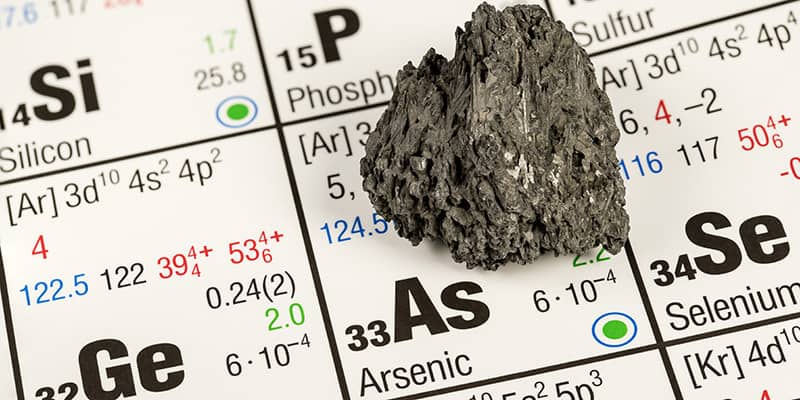
ARSENIC
Arsenic is a natural element found widely in the earth’s crust. It may be found in some drinking water supplies, including wells. Exposure to high levels of arsenic can cause health effects. There are trace amounts of arsenic in all living matter. For most Canadians, the primary source of exposure to arsenic is food, followed by drinking water, soil and air (Health Canada, http://hc-sc.gc.ca).
Where it comes from
Arsenic may enter lakes, rivers or underground water naturally, when mineral deposits or rocks containing arsenic dissolve. Arsenic may also get into water through the discharge of industrial wastes and by the deposit of arsenic particles in dust, or dissolved in rain or snow. These arsenic particles can enter the environment through:
- the burning of fossil fuels (especially coal)
- metal production (such as gold and base metal mining)
- agricultural use (in pesticides and feed additives)
- waste burning
As arsenic is both tasteless and odourless, you won’t be able to tell if it is in your drinking water. Arsenic in drinking water is absorbed by the body when you swallow it and distributed by the bloodstream. It does not enter the body through the skin or by inhalation during bathing or showering.
- Long-term exposure to high levels of arsenic in drinking water may also cause:
- thickening and discoloration of the skin
- nausea and diarrhea
- abnormal heart rhythm and blood vessel damage
- numbness in the hands and feet
- Because arsenic can cause cancer, every effort should be made to keep arsenic levels in drinking water as low as possible
Treatment Solutions
If you live in an area that has natural sources of arsenic or is known to have high levels of arsenic in its groundwater, you should have your well water tested.
Buy an in-home water treatment device that can reduce the level of arsenic. Look for treatment devices that have been certified by an accredited certification organization as meeting the appropriate NSF Certified drinking water treatment unit standards for removing arsenic. These standards have been designed to safeguard drinking water.
Performance Water Systems offers the customizable Kinetico K5 Reverse Osmosis Drinking Water Station, including an Arsenic Guard filtration option.
The K5 Water System removes more contaminants than any other NSF certified drinking water system and produces over 150 litres (40 gallons) a day without electricity or pumps.

CHLORINE
The addition of chlorine to our drinking water has greatly reduced the risk of waterborne diseases. However, chlorine also reacts with the organic matter, naturally present in water, such as decaying leaves. This chemical reaction forms a group of chemicals known as disinfection by-products. The most common of these by-products are trihalomethanes (THMs), which include chloroform.
High levels of Chlorine by-products and Cancer
Lab animals exposed to very high levels of THMs showed an increased risk of cancer. Several studies on humans have also found a link between long-term exposure to high levels of chlorination by-products and a higher risk of cancer. For instance, a recent study showed an increased risk of bladder and possibly colon cancer in people who drank chlorinated water for 35 years or more .
Chlorine by-products and Pregnancy
High levels of THMs may also have an effect on pregnancy. A California study found that pregnant women who drank large amounts of tap water with high THMs had an increased risk of miscarriage. These studies do not prove that there is a link between THMs and cancer or miscarriage. However, they do show the need for further research in this area to confirm potential health effects.
Alternatives to Chlorination
A number of cities use ozone to disinfect their water, because ozonation does not produce THMs. Although ozone is a very effective disinfectant, it breaks down quickly and cannot be used to maintain disinfection in the distribution system. Small amounts of chlorine or other disinfectants still must be added.
All chemical disinfectants used in drinking water can be expected to form by-products that could affect human health. In general, we know less about the by-products of other disinfectants than about chlorination by-products.
There is no easy way that you can remove all disinfection by-products, but here are some steps you can take.
Treatment Solutions
Performance Water Systems offers the customizable Kinetico K5 Reverse Osmosis Drinking Water Station, including an Chlorine & Sediment pre-filter option as well as a variety of Water Softener and Dechlorinator Units for complete removal of chlorine. The K5 removes more contaminants than any other NSF certified drinking water system and produces over 150 litres (40 gallons) a day without electricity or pumps.
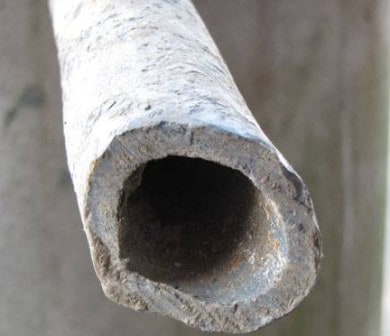
Lead
Lead occurs naturally in the environment and has many industrial uses. Everyone is exposed to low levels of lead through food, drinking water, air, household dust, soil, and some consumer products. However, ongoing exposure to even small amounts of lead may be harmful to your health.
Affects of Lead
Recent scientific studies on lead show that adverse health effects are occurring at lower levels of exposure to lead than previously thought. At low levels of exposure to lead, the main health effect observed the nervous system; specifically, exposure to lead may have subtle effects on the intellectual development of infants and children. Infants and toddlers are particularly vulnerable to the harmful effects of lead because they are undergoing a period of rapid development; furthermore, their growing bodies absorb lead more easily and excrete lead less efficiently than adults. In addition, infants and young children are more likely to ingest lead because of their natural habit of putting objects into their mouths.
Health effects associated with exposure to high levels of lead include vomiting, diarrhea, convulsions, coma or even death. However, such severe cases of lead poisoning are rare in Canada.
Sources of Exposure to Lead
Before leaded gasoline was phased out in Canada, lead in the air was the predominant source of exposure for Canadians. Today, the primary source of exposure to lead for Canadians is from food and drinking water although several factors, such as whether your home has lead, copper or plastic service lines, can affect your exposure level. For infants and toddlers, ingestion of soil and dust containing lead, along with food and drinking water, are the greatest sources of exposure to lead in the environment.
Old Pipes and your Drinking Water
Lead can enter the water supply from old lead service connections (pipes) or lead solder in the plumbing in your home. Homes built before 1950 often have lead service connections since lead was commonly used to supply water to Canadian homes before then. Lead solder was used for plumbing until 1990 when the National Plumbing Code of Canada no longer allowed the use of lead solder in new drinking water plumbing or in repairs to existing drinking water systems. The amount of lead leached into drinking water will increase as water sits in pipes or if the water is very soft or very acidic. Many municipalities have instituted programs to replace lead service lines.
Treatment Solutions
Performance Water Systems offers the customizable Kinetico K5 Reverse Osmosis Drinking Water Station, including a Volatile Organic Compound (VOC) filtration option to remove lead.
The K5 removes more contaminants than any other NSF certified drinking water system and produces over 150 litres (40 gallons) a day without electricity or pumps.
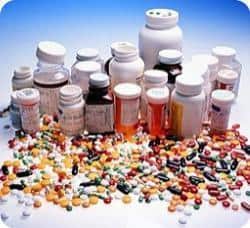
PHARMACEUTICALS
Pharmaceuticals are polluting our lakes and rivers. Although present in waste-water and Canadian rivers at levels of parts-per-billion or parts-per-trillion, the potential effects of even very tiny amounts on non-target species, such as fish, are raising concerns. A few of these pharmaceutical drugs are endocrine disruptors – compounds that can affect reproduction and development. One example is the synthetic estrogen found in birth control pills and excreted in the urine of women taking the pill.
While it is neither feasible nor desirable to force the public to stop using pharmaceutical drugs – it is important to investigate compounds that cause the greatest concern and assess methods to remove or reduce the amount of these entering the environment.
HEALTH CANADA DRINKING WATER STANDARDS:
https://www.canada.ca/en/health-canada/services/environmental-workplace-health/reports-publications/water-quality/guidelines-canadian-drinking-water-quality-summary-table.html
DRINKING WATER QUALITY IN CANADA:
https://www.canada.ca/en/health-canada/services/environmental-workplace-health/water-quality/drinking-water.html
